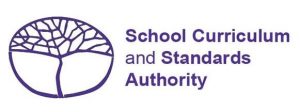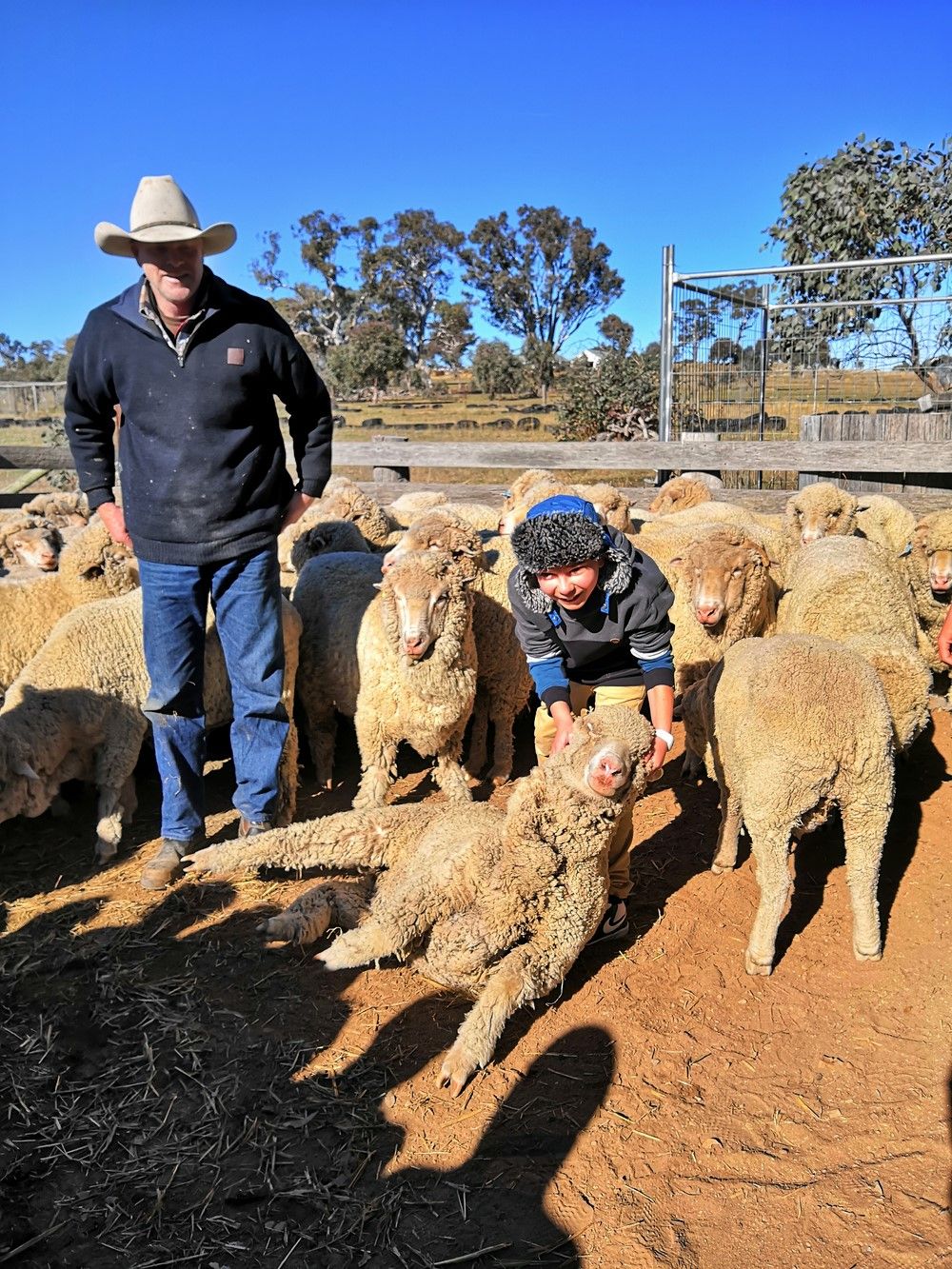[vc_row][vc_column][vc_column_text]
Updated 6 April 2018
One of the areas that I regularly get questions about is the Australian Tertiary Admissions Rank, or ATAR, and how it works. What follows are some answers to a number of the most frequently asked questions:
- The ATAR – How does it work?
- What is the TEA score?
- How does the TEA score convert to an ATAR?
- What is moderation and scaling?
- What is the UWA bonus?
If parents or students want to seek any further clarification, please ask Mr Stirling or Mr Vasquez.
The ATAR – How Does it Work?
Year 11 and 12 subjects are divided into ATAR and General (and foundational subjects), where Units 1 and 2 are studied in Year 11, while Unit 3 and 4 are studied in Year 12. The ATAR score (which is used for university entrance) only relates to the score in the Unit 3 and 4 ATAR subjects, which are studied in Year 12. Year 11 does not contribute to the ATAR score, but Unit 1 and 2 provides the foundation for these units. Both Year 11 and 12, however, do contribute towards the WACE Certificate.
An ATAR reports the student’s rank position relative to all other students, and therefore ranges between zero and 99.95. It takes into account the number of students who sit the WACE examinations in any year and also the number of people of Year 12 school-leaving age in the total population. The ATAR is calculated on the basis of a TEA score which is then converted to an ATAR, which tells you where students are ranked relative to other students. If students have an ATAR of 70.00, for example, it indicates that that they have achieved as well as or better than 70% of the Year 12 school leaver age population.
TISC (Tertiary Institutions Service Centre – visit TISConline) is responsible for the ranking of students for university entrance. The ATAR is calculated using school assessment and WACE examination results. TISC calculates the ATAR based on the school and exam score provided.
 The School Curriculum and Standards Authority (SCSA) provides TISC with school and WACE exam results. Each course result is based 50% on school assessment and 50% on the examinations. Statistical adjustments are made to these results, the best 4 of which are added together to calculate a Tertiary Entrance Aggregate (TEA). The section on ATAR Examinations explains how this is calculated. TISC then offers university places based on the ATAR ranking.
The School Curriculum and Standards Authority (SCSA) provides TISC with school and WACE exam results. Each course result is based 50% on school assessment and 50% on the examinations. Statistical adjustments are made to these results, the best 4 of which are added together to calculate a Tertiary Entrance Aggregate (TEA). The section on ATAR Examinations explains how this is calculated. TISC then offers university places based on the ATAR ranking.
What is the TEA Score?
From 2008 the TEA (Tertiary Entrance Aggregate) replaced the TES (Tertiary Entrance Score). The TEA is calculated by adding your best four scaled scores plus 10% of your best Language Other Than English (LOTE) scaled score, based on the following rules:
- For the best four scaled scores, you may accumulate scaled scores which contribute to your ATAR over five consecutive years, with no subject or course counting more than once.
- TISC consider some course combinations to be unacceptable where scores in both courses/subjects cannot both be used.
- A LOTE bonus of 10% of a LOTE scaled score is added to the aggregate of the best four scaled scores. From 2016 Year 12, LOTE scaled scores must be from current or the previous four years. If more than one LOTE has been sat, only one (the best) LOTE scaled score can be used as the LOTE bonus. You receive the LOTE bonus irrespective of whether your LOTE course was counted as one of the best four.
- The maximum TEA score in 2017 was 430.
How are TEA Scores Converted to an ATAR?
The following table (based on 2015 data) gives an indication of the minimum Tertiary Entrance Aggregate (TEA) required to achieve at least a particular Australian Tertiary Admission Rank (ATAR).
ATAR Minimum TEA for ATAR
30.00 131.0 75.00 234.3
40.00 152.6 80.00 247.1 (min UWA entry)
50.00 175.4 85.00 261.8
55.00 186.4 (min ECU entry) 90.00 279.6
60.00 199.1 95.00 304.5
65.00 210.2 98.00 329.9
70.00 222.1 (min Curtin and Murdoch entry) 99.95 390.4
Note: Many university courses specify that certain subjects must be undertaken by students in Year 12 as background knowledge is needed to be able to apply to enter their particular course.
What is Moderation and Scaling?
The raw school and raw WACE exam marks are not final. Statistical moderation is a process that adjusts the school marks of students at each school so that the school marks are on the same scale in all schools to try to ensure that fairness is achieved. All students should expect some adjustment of their school marks. Statistical moderation adjusts the set of school marks for a course/stage at each school so that they are all put onto the same, common scale. The common scale used in statistical moderation is the scale of the standardised examination marks for the particular stage of the course. This examination is marked by an independent panel of expert markers using a specific marking key. Therefore, the standardised examination marks can be used to compare students in different schools.
Statistical processes are used to ensure that within a course the marks are on the same scale, but this is unlikely to be the case between courses. Inter-course scaling takes account of the ability of the students undertaking the courses. Able students generally undertake the more difficult courses, hence scaling aims to ensure that students are not disadvantaged if they choose a difficult course or advantaged if they choose an easy one, e.g. Specialist Maths and Physics are usually scaled up the most as they are considered the most difficult subjects.
As the impact of moderation and scaling are difficult to predict and varies from year to year, it is wise to disregard their potential effect. Students may think that it is advantageous to choose courses which are usually scaled up. This is not true, and choosing courses on this basis may actually result in a lower scaled score than they might have otherwise achieved. If students choose a course that they are not very good at, simply because they expect it to be scaled up, the scaled score will be a lot lower than what they could expect to receive in a course which they are good at and which interests them. The mark may be scaled up, but it is unlikely that the scaled score will be any higher than if they had chosen a more suitable course, even if marks for that course were scaled down.
What is the UWA bonus? (Broadway Scheme)
The Broadway Scheme allows eligible students from WA schools to receive an ATAR adjustment if the school at which they completed their final WACE examinations are located in metropolitan Perth and have a three-year average ICSEA score at or below the WA median. This includes Rehoboth. Students with an ATAR of 75.00 to 79.95 will receive an adjusted selection rank of 80.00 to allow them to receive an offer into the Bachelor of Arts, Bachelor of Commerce, Bachelor of Design, or Bachelor of Science, subject to their TISC preference order, if they meet the selection criteria. Students with an ATAR of 80.00 or above who meet the selection criteria will also receive a positive adjustment (between 2-5%) to their selection rank.[/vc_column_text][/vc_column][/vc_row]








